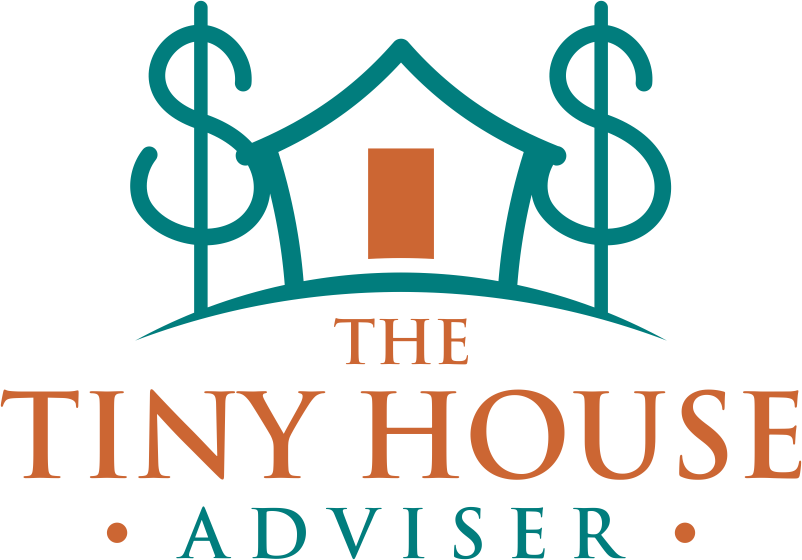EP 125: Need a Lower Payment? Why the 50-Year Mortgage Is the Worst Way to Get One
Understanding the New Mortgage Proposal
The real estate and mortgage industries have faced significant challenges in recent years: high interest rates, first-time homebuyers delaying entry, and low inventory as existing homeowners cling to lower, locked-in rates. In response, a controversial idea—the 50-year mortgage—has been floated. The core objective? To lower the monthly payment by extending the repayment timeline, theoretically making homeownership more accessible to current incomes.
While this sounds like a lifeline for buyers struggling with affordability, particularly given the average homebuyer age is now 40, a closer look at the financial implications reveals a much more costly reality. The appeal is immediate affordability; the cost is a massive increase in long-term debt and interest paid.
30-Year vs. 50-Year Mortgage Math: What You Pay
To fully grasp the impact of extending a loan term by two decades, let's break down the numbers using the average US home price of $430,000 at a 6% interest rate (excluding taxes, insurance, and other costs for a clear principal and interest comparison).
| Metric | 30-Year Mortgage | 50-Year Mortgage | Comparison |
|---|---|---|---|
| Monthly P&I Payment | $2,578 | $2,263 | $315/month less |
| Total Interest Paid | $498,000 | $928,000 | Nearly Double the Interest |
| Total Payments | $928,000 | $1,358,000 | Triple the Purchase Price |
The immediate gain is a reduction of about $315 in the monthly payment. However, this short-term relief comes with a devastating long-term price tag. The total interest paid almost doubles, and the cost of the house itself effectively triples when measured against the original purchase price. For those interested in tiny or alternative living, where longer and larger debt is fundamentally undesirable, this comparison is stark proof that the 50-year term is a massive financial burden.
Mortgage Amortization: The Hidden Equity Drain
A critical factor often misunderstood is the amortization schedule, which dictates how your payments are allocated between interest and principal. In the early years of any long-term mortgage, the majority of your payment covers the interest—the borrowing cost—and very little reduces the principal balance.
The 50-year mortgage exacerbates this slow principal reduction.
In the first year of a 50-year term, only about $1,400 of the total annual payment goes toward principal, with the rest feeding the interest machine.
Why does this matter?
Slow Equity Build-Up: If you plan to move or sell within a short timeframe (e.g., five years), you will have barely dented the principal. You might only pay down $8,000 or $9,000 of the original loan balance.
Selling Costs Risk: When selling, the payoff amount will be nearly as high as your original loan. After subtracting high selling costs (commissions, fees, etc.), you risk losing money on the transaction, especially if the housing market hasn't significantly inflated your home's value.
Extended Stay Necessity: The old rule of thumb to stay in a home for at least five years to break even is likely obsolete with a 50-year loan. To see any substantial financial benefit, a homeowner would need to commit to staying in the home for ten years or more.
Corporate Profits: Who Benefits from Long-Term Debt?
While the 50-year mortgage is presented as a solution for homebuyers, the primary beneficiaries are the mortgage bankers and the financial industry. Facing a dip in mortgage applications and overall profit due to high rates, extending the loan term is a clear strategy to:
Increase Volume: Lower monthly payments encourage buyers who were previously priced out to jump back into the market.
Maximize Interest Revenue: The industry secures 20 additional years of interest payments, nearly doubling their profit on the same asset.
This mirrors trends seen elsewhere, such as the extension of car loan terms to six or seven years to keep up with rising vehicle costs. It’s a systemic approach to mask true affordability by stretching payments, ensuring continuous debt and maximum profit for the lender.
Financial Freedom: Is There Another Way?
The conversation around the 50-year mortgage is a powerful reminder that critical thinking is essential when evaluating any loan product. While the pressures of securing a stable roof over one's head are immense, and no judgment should be cast on those making tough compromises, it is vital to understand the full financial commitment.
Instead of accepting decades of high debt, explore alternatives. Could you spend less on a starter home? Could you investigate smaller living, co-housing, or DIY builds? The goal should be to finance less, spend less, and devote less human capital (time, stress, energy) to your housing payment. The choice between a 30-year or 50-year commitment is a choice between decades of the "grind" and a path toward financial freedom.
Next Steps to Financial Freedom
If you are currently evaluating mortgage options, or if you feel trapped by the commitment of a long-term loan, it’s time to take control.
Call to Action: Don't let the stress of housing affordability dictate your financial future. Visit our site today to explore resources on small living, alternative housing, and financial coaching designed to help you Less House, More Moola. Take control of your debt, and find a path that aligns with your goal of early financial independence.
Resources mentioned
Laura Lynch: LinkedIn
Takeaways from the episode
“The average first-time home buyer is now 40 years old.”
“Longer mortgage terms can lead to significantly higher interest payments.”
“Critical thinking is necessary when considering loan products.”
Subscribe to the podcast
Apple Podcasts | Spotify | Stitcher | Amazon Music | YouTube | RSS

